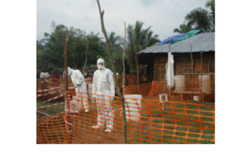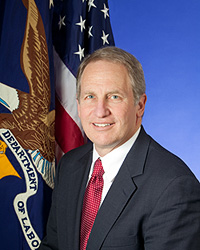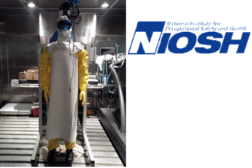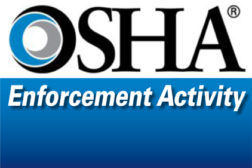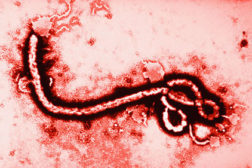Home » healthcare worker safety
Articles Tagged with ''healthcare worker safety''
A NIOSH Science Blog post:
Higher nurse-to-patient ratio law improves nurse injury rates by one-third
May 8, 2015
Ebola vaccine trial begins in Sierra Leone
6,000 health and other frontline workers will receive the vaccine
April 15, 2015
A U.S. Department of Labor Blog post
If work came with a high risk for assault, would you go?
April 9, 2015
April is National Workplace Violence Prevention Month
OSHA updates guidance for healthcare and social services
April 3, 2015
A NIOSH Science Blog post
Fighting Ebola: A Grand Challenge for Development
How NIOSH is helping design improved PPEfor healthcare workers
February 12, 2015
Nurses want rest of U.S. to follow California’s lead in Ebola protection
State establishes mandatory guidelines for healthcare worker PPE, training
November 24, 2014
Never miss the latest news and trends driving the safety industry
eNewsletter | Website | eMagazine
JOIN TODAYCopyright ©2024. All Rights Reserved BNP Media.
Design, CMS, Hosting & Web Development :: ePublishing

